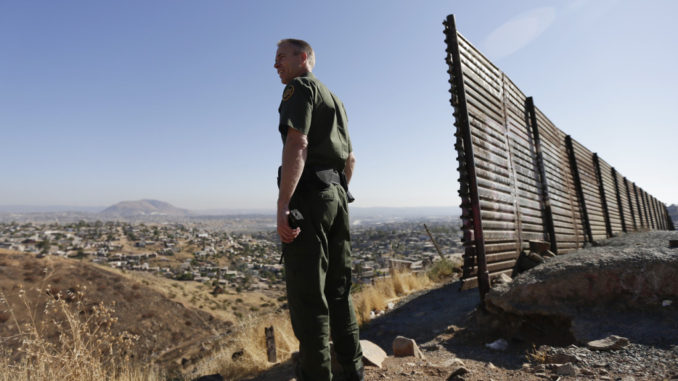
Abstract
Between the mid-1980s and 2007, America’s Border Patrol annually apprehended an average of more than a million Mexicans attempting to enter the U.S. illegally. That figure has since fallen by more than 75 percent—a drop caused by fewer Mexicans attempting to cross, not fewer crossers being caught.
Key Findings
- Mexicans are now leaving the U.S. faster than they are arriving: America’s Mexican-born population nearly tripled during 1990–2007; since 2007, the number of illegal Mexican immigrants has declined annually by 185,000.
- Because crossing the border illegally has become so difficult, Mexicans have largely stopped trying: since peaking at 1.6 million in 2000, arrests have declined by more than 85 percent, to 229,178 in 2014—the lowest number since 1970; hiring a “coyote” smuggler to cross the border is now about eight times more costly than it was in the early 1990s, adjusting for inflation.
- Mexico’s demographic and economic trends suggest that the age of massive Mexican emigration has ended: in recent years, Mexico’s economy has grown at twice America’s rate, while Mexico’s population growth has stabilized.
America’s Southern Border Is Secure by Latinos Ready To Vote
